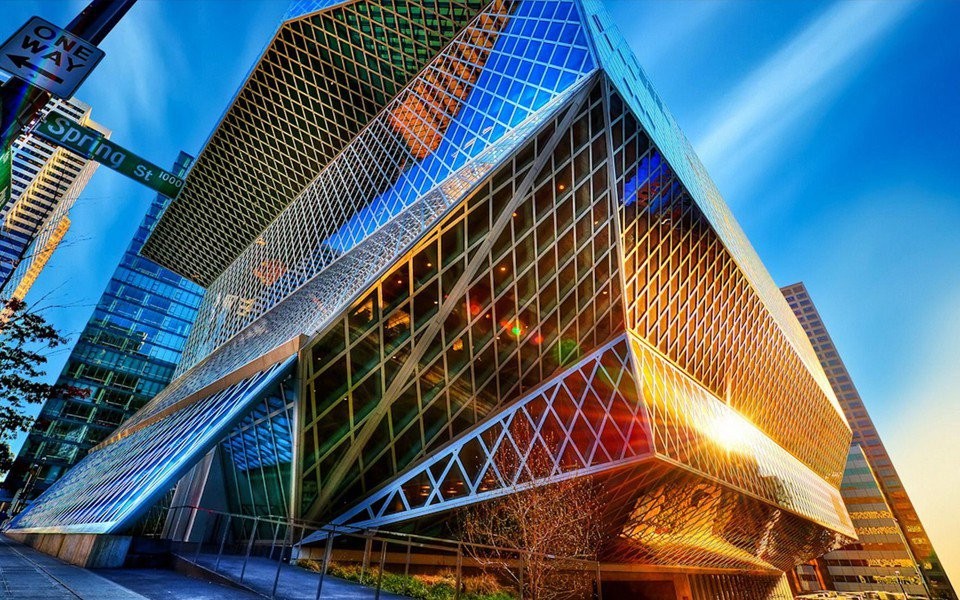
PLUSspace
What is a Landscape Design or Landscape Plan?A landscape design is like a floor plan for an outdoor area. Like a floor plan, a landscape design creates a visual representation of a site using scaled dimensions. Landscape plans include natural elements like flowers, trees, and grass as well as man-ma...
What is a Landscape Design or Landscape Plan?
A landscape design is like a floor plan for an outdoor area. Like a floor plan, a landscape design creates a visual representation of a site using scaled dimensions. Landscape plans include natural elements like flowers, trees, and grass as well as man-made elements such as lawn furniture, fountains, and sheds. Landscape designs may also include overlays for irrigation and lighting.
Landscape designs are primarily used to plan the layout for an outdoor area whether it be a personal garden plan for your home or a commercial plan for a business or community area. They're also useful as a reference when there's a need for new installation or repair or when planning an outdoor event.
Creating a landscape plan can also aid in the decision-making process for selecting materials. It also gives the property owner and landscape contractor better tools for cost estimation, helping to ensure the project can be completed within budgetary constraints.
How to Design a Landscape Plan
Create the outline. A landscape plan begins with a broad overview of the project area. This is your basic outline to which you can slowly add elements. Decide on the area to be depicted in the diagram. This may be difficult due to the open nature of an outside area, but the landscape design should illustrate only the area that is subject to the landscaping. Begin by drawing boundaries of the area. It might be the edge of a garden, the end of the yard, a fence, or any other area beyond which the landscape plan is no longer pertinent.
Add existing features. Add any rocks, waterways, buildings, poles, slopes, etc. that cannot or will not be moved during the landscaping process. Be sure to use the correct symbols and colors for these as well. In the end this aid in the imagination of the area when it is complete. You may also want to note North on your design to help you understand how the sun and shadows may change the landscape.
Create ground cover if needed. Fill in the area with the appropriate type or types of groundcover (such as grass or asphalt) that will be installed. Apply textures for a more accurate depiction of these areas.
Add new landscape design elements. Add plant life such as shrubbery, trees, and flowers and draw in walkways and stairs. Add any lawn furniture, pools, sheds, gazebos, buildings, and fountains that you plan to install.
